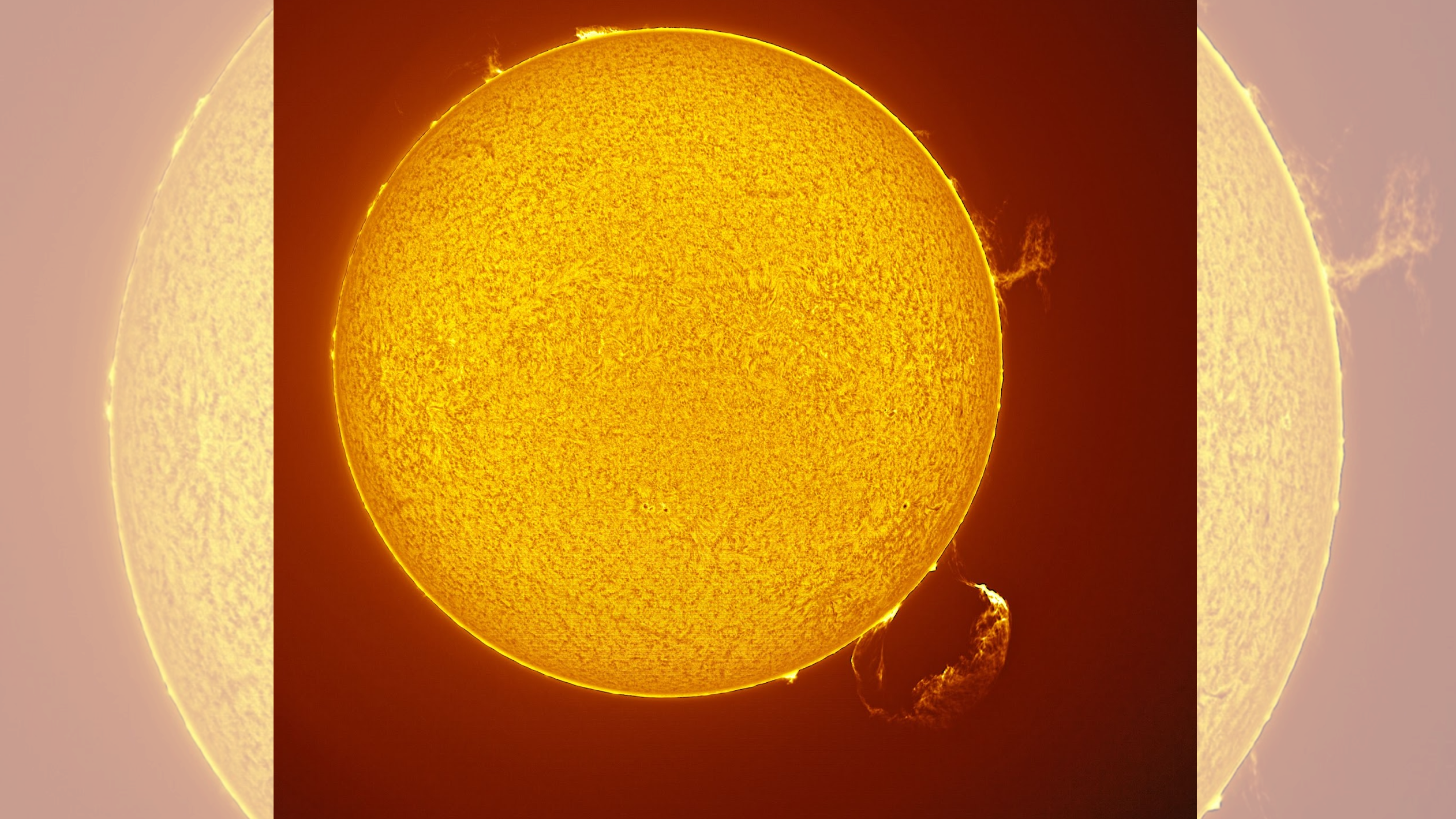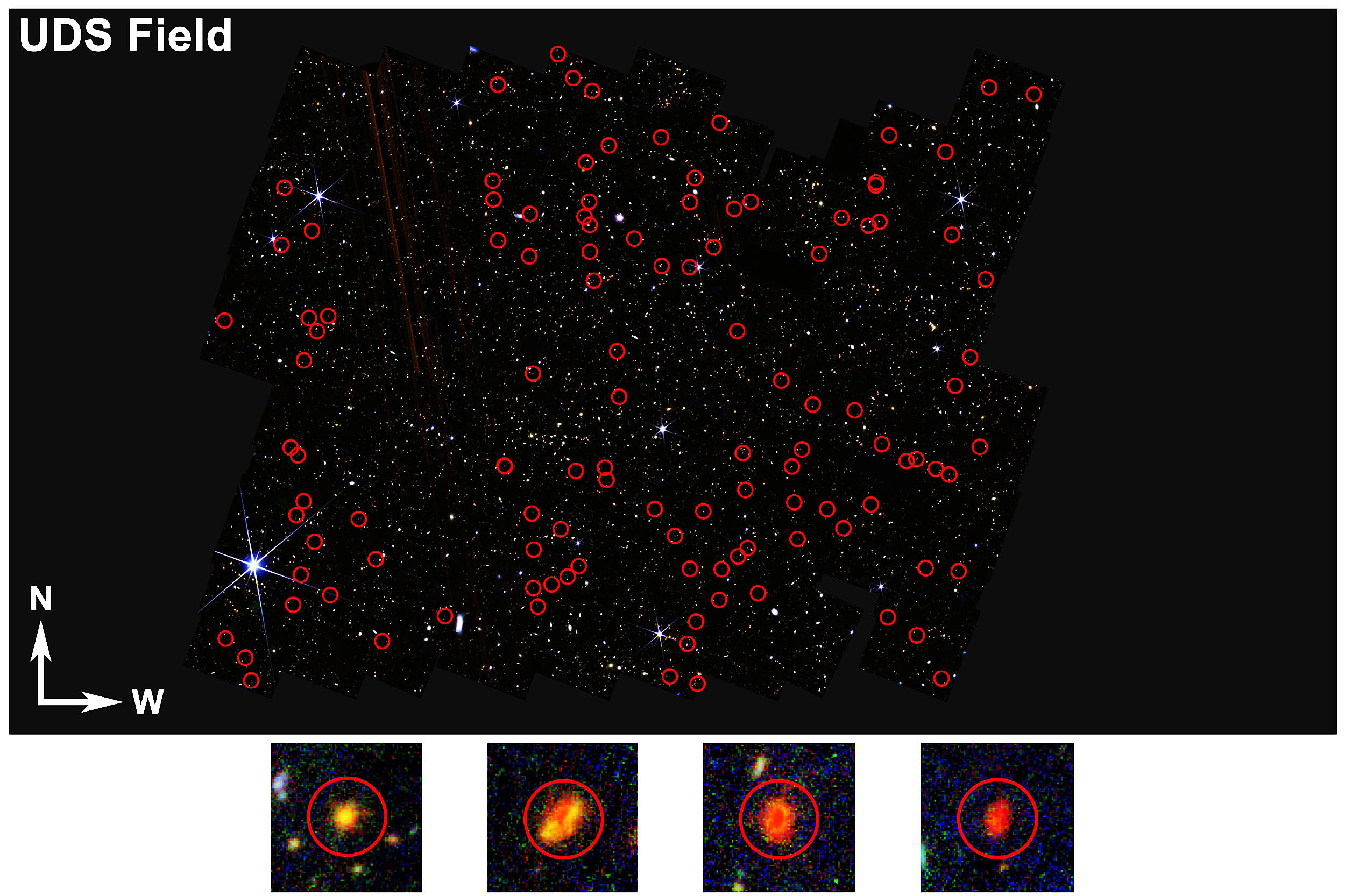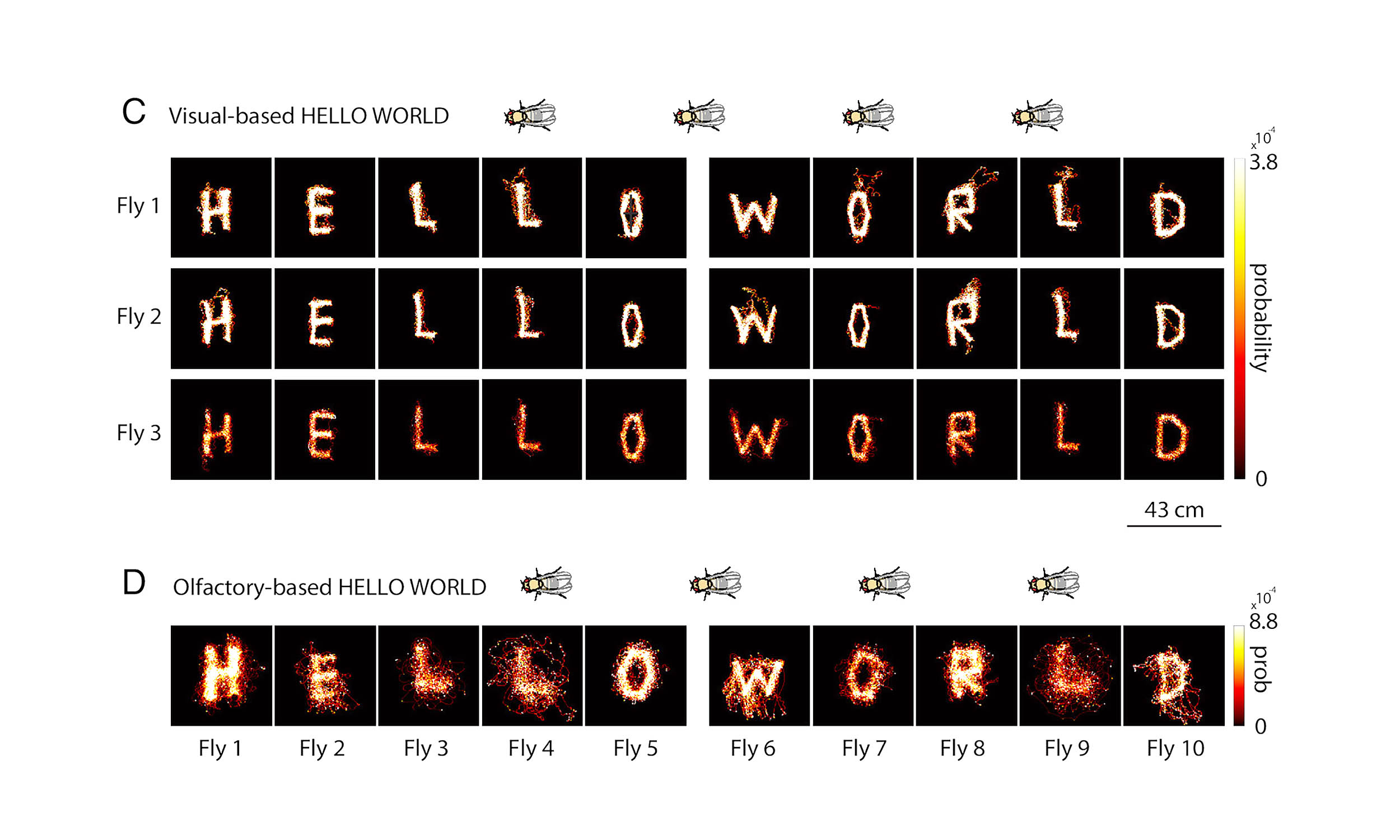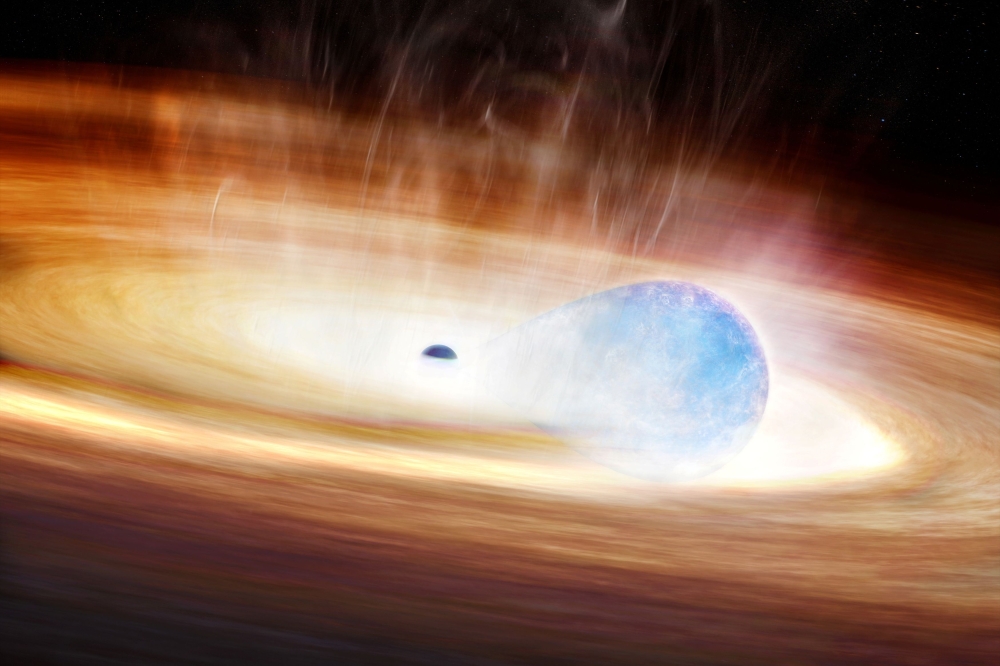Shocking Discovery: A Planet in Retrograde Orbit Around a Binary Star System!
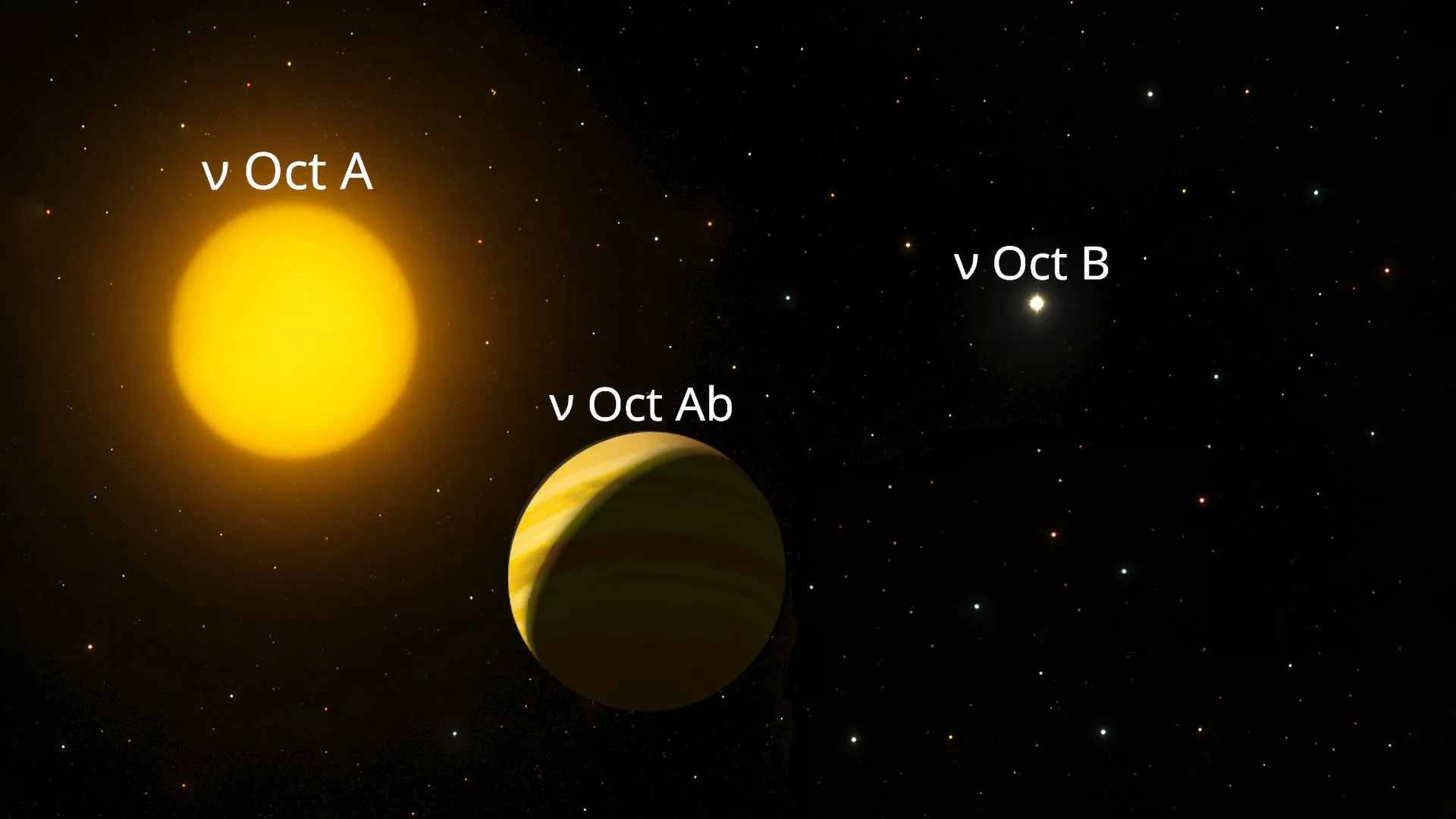
Did you know that most stars in our universe are not alone? They often share their space with companions! This phenomenon plays a crucial role in how planets form and how they orbit. In a groundbreaking revelation, a team of international astrophysicists, led by Professor Man Hoi Lee from The University of Hong Kong, has discovered a planet orbiting in a retrograde motion within the nu Octantis binary star system. This planet moves in the opposite direction to its binary star companions, challenging everything we thought we knew about planetary formation.
But wait, let’s dive deeper into this cosmic tale. The nu Octantis system comprises two stars: nu Oct A, a subgiant star that is roughly 1.6 times the mass of our Sun, and nu Oct B, which is about half the Sun's mass. These celestial bodies orbit each other over a period of approximately 1,050 days. It’s a stellar dance that has puzzled scientists for years.
The plot thickened back in 2004 when Dr. David Ramm, during his PhD studies in New Zealand, first reported a peculiar periodic signal in the system’s radial velocity observations. This signal hinted at the presence of a massive Jovian planet, around twice the mass of Jupiter, orbiting nu Oct A every 400 days. However, the real kicker? The orbit would have to be retrograde, moving against the binary’s orbit. It sounded outrageous, and many scientists were skeptical, as no such planet had ever been observed.
Fast forward to today, where advanced observational techniques come into play. The research team utilized the European Southern Observatory's HARPS spectrograph to obtain high-precision measurements over 18 years, and voilà – they confirmed the existence of this enigmatic planet! Mr. Ho Wan Cheng, the first author of the study, stated, “We found stable fits that require the planetary orbit to be retrograde and nearly in the same plane as the binary orbit.”
But who is nu Oct B really? Is it just a dim star hanging in the shadows? The research revealed that it might either be a low-mass main-sequence star or a white dwarf, a stellar remnant formed after a star exhausts its nuclear fuel. The findings suggested that nu Oct B has already shed most of its mass, indicating significant evolution since its formation.
Using the SPHERE instrument at the Very Large Telescope, the team pinpointed that nu Oct B is likely a faint white dwarf, a stellar corpse with a mass akin to our Sun squeezed into a volume the size of Earth! This evolution opens the door to fascinating theories about how the retrograde planet came to be. Could it have formed from material ejected by nu Oct B? Or was it captured from somewhere else entirely?
Professor Man Hoi Lee remarked, “We might be witnessing the first compelling case of a second-generation planet; either captured or formed from material expelled by nu Oct B.” This is a stellar story of rebirth and cosmic evolution that not only reshapes our understanding of planetary formation but also raises intriguing questions about the nature of life in the universe.
As astronomers continue their quest to unveil the mysteries of space, this discovery emphasizes how planets in unique binary star systems can provide invaluable insights into the processes that shape our universe. So, what’s next on this cosmic journey? The search for more planets in unusual environments promises to keep us on the edge of our seats!









